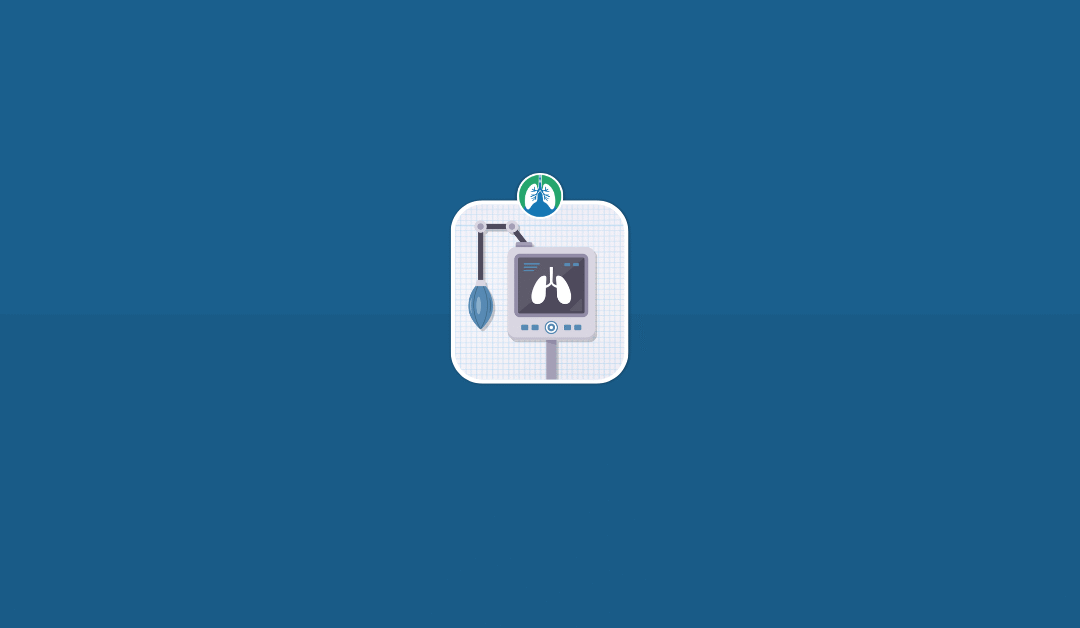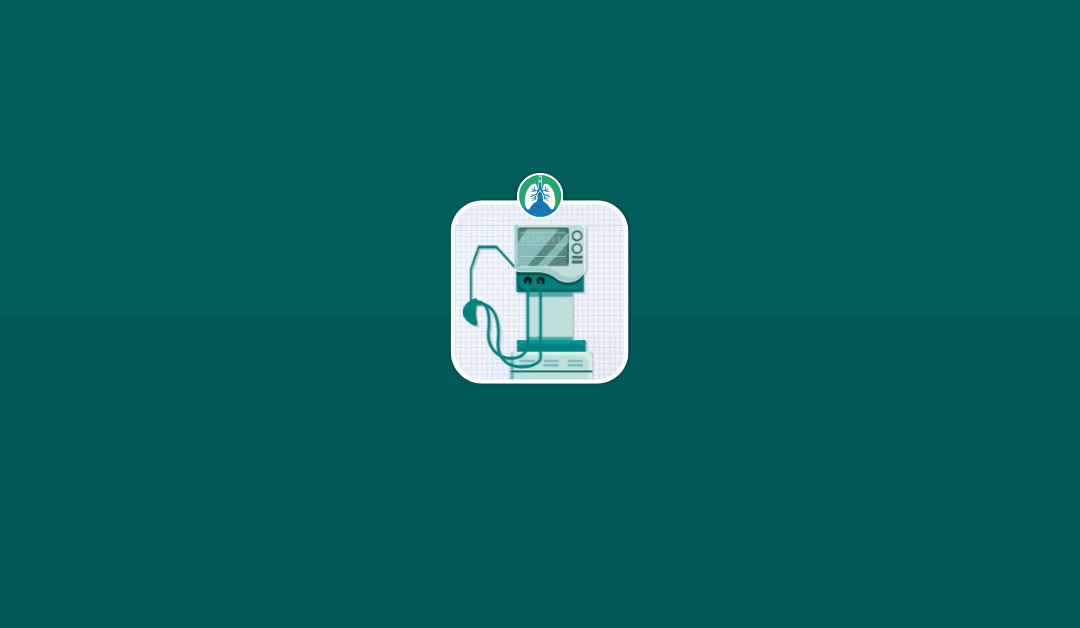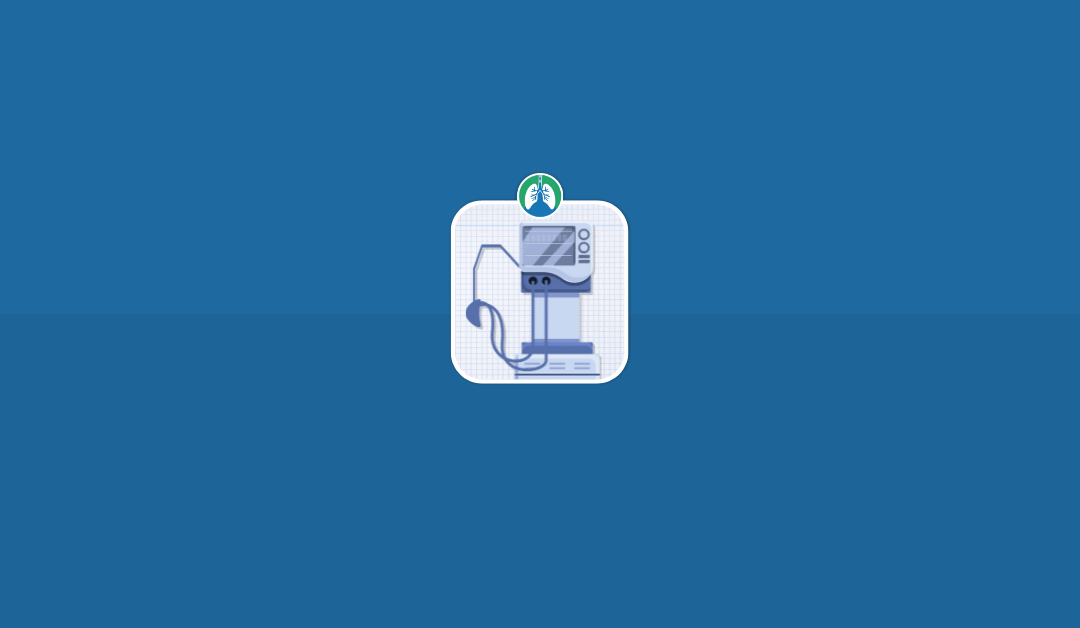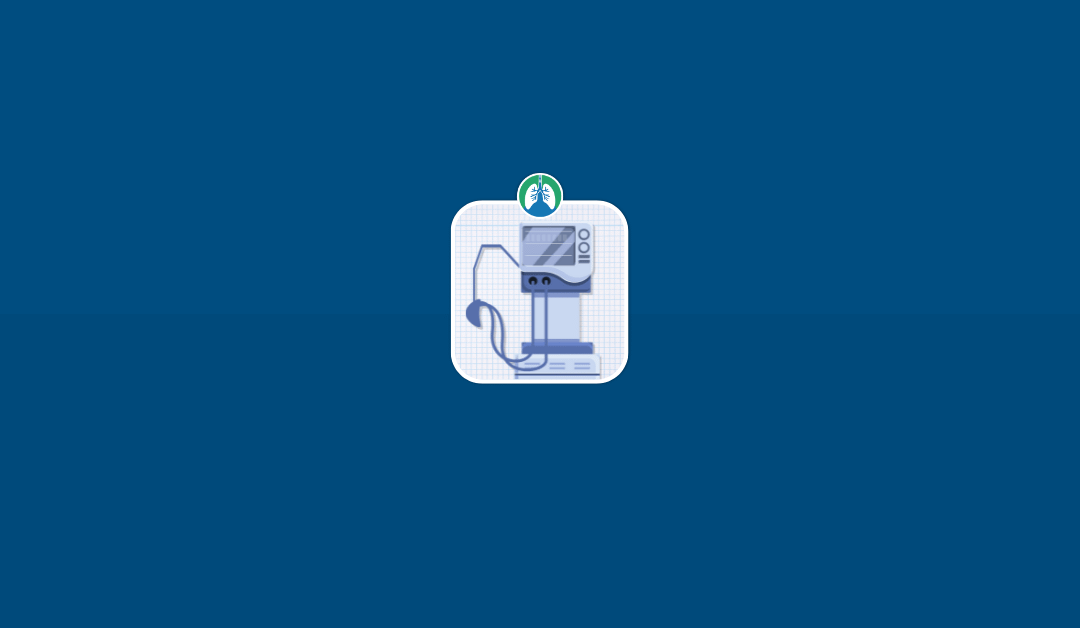Learn how mechanical ventilation monitoring ensures patient safety by tracking ventilation, oxygenation, hemodynamics, and clinical trends.


Learn how mechanical ventilation monitoring ensures patient safety by tracking ventilation, oxygenation, hemodynamics, and clinical trends.

Learn what the I:E ratio is, its role in breathing and mechanical ventilation, and why it’s vital in respiratory care.

Learn how to adjust ventilator settings using ABG results to optimize oxygenation, ventilation, and patient safety in critical care.

Learn how the Y-connector in mechanical ventilation links inspiratory and expiratory limbs to ensure safe and effective patient support.

Explore the essential ventilator modes used in critical care, understanding their functions and applications during mechanical ventilation.

Learn how Assist/Control (A/C) mode or mechanical ventilation works, its benefits, risks, and role in supporting critically ill patients.

Discover how pressure-controlled ventilation works, its benefits, and when it’s used to protect patients from high airway pressures.

Learn how volume-controlled ventilation works, when it’s used, and why it’s essential in critical care and surgical settings.

Learn the basics of ventilator settings, including modes, tidal volume, FiO₂, and more to optimize patient care and safety.

Learn what BiPAP is, how it works, and why it’s essential in respiratory care for treating conditions like COPD and sleep apnea.

The principles of mechanical ventilation include ventilation, oxygenation, respiration, lung compliance, airway resistance, and more.

Learn how airway pressure release ventilation (APRV) works and its clinical uses in managing patients with acute respiratory failure.

Discover which ventilator mode delivers a preset tidal volume and how it ensures consistent breaths in mechanical ventilation.

Learn how serious it is to be placed on a ventilator, including survival chances, risks, and what families should expect.

Prepare for your mechanical ventilation final exam with key practice questions to boost your knowledge and confidence.

Discover essential drugs used in mechanical ventilation, including sedatives, analgesics, and paralytics, for patient care and safety.

Ventilator-induced lung injury (VILI): Causes, risk factors, and prevention strategies to protect lung health during mechanical ventilation.

Learn about plateau pressure in mechanical ventilation, its importance in lung protection, and how it guides safe ventilation practices.

Learn about auto-PEEP, a mechanical ventilation complication; including its causes, adverse effects, and strategies to correct it.

Learn about noninvasive ventilation (NIV), its types, benefits, applications, and how it supports patients with respiratory conditions.